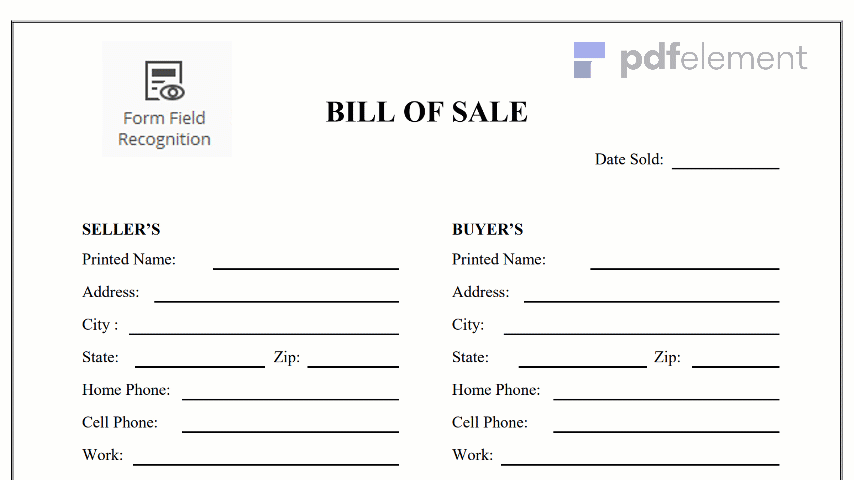
A Simple Organizational Chart is a diagram that summaries the internal structure of n organization. A simple organizational chart is the most common visual portrayal of how an organization is organized. It shows the responsibilities, roles, and relationships between the people in an organization. A simple organizational chart can be used to portray the structure of an organization all together, or divided down into different units or departments. Simple organizational charts have different of uses and can be designed in different ways. They may be used as a managing tool, as a personnel directory, or for planning purposes.
Generally, a simple organizational chart lists the name of people within the organization and the position they hold. This is commonly used by smaller organizations.
Step 1 Span of Control: This refers to the number of underlings a superior is able to efficiently manage. The biggest the subordinates ratio to superiors is, the bigger the span of control there will be.
Step 2 Centralization: If the power of decision-making is concentrated at a point, the simple organizational structure is centralized. If the power of decision-making is spread out, the structure is dispersed.
Step 3 Specialization: This is also is what we called as the division of labor, this is specialization is the degree where in tasks or activities in an organization are divided and broken down into separate jobs.
Step 4 Formalization: The same as specialization, formalization has to do something about how jobs are organized in an organization. The main difference here is that formalization also considered to the degree to which the tasks and activities of an employee are administered by procedures, rules, and other contrivances.
Step 5 Departmentalization: Departmentalization is known as the process of grouping jobs together so as to organize common tasks and activities.
1. Include work history by using actions in describing skills and responsibilities.
Step 1. Choose a medium. There are some that prefer to make a simple organizational chart using poster materials, pen and paper, in order to make software designed faster and easier. If you prefer digitalized version, you can download samples from this page and use them as your template. You can also use digital software or a website to make diagrams for your chart.
Step 2. When you’re doing choosing a medium, the next thing to do is to compile the essential content for the sample organizational chart. You may want to establish the details into a list or spreadsheet to make it simple to understand while creating the simple organizational chart.
Step 3. The kind of organizational chart that you choose to create will provide you with a good jumping-off point. A hierarchical organizational chart means it is best to begin from the top. A matrix organizational chart normally induces the maker to start from one of the sides or from the top, and then move out and down.
Step 4. Choose and connect the shapes. You will have three elements to complete the chart:
Step 5. When you’re done creating the highest position, continuously work on the ones below. Somebody who reports straight to the CEO, such as an executive assistant, can be added.
Step 6. Add lines and boxes to embody supervisory associations until you have enclosed all the positions in an establishment.
1. Keep the different elements of the simple organizational chart correctly arranged. If you are using a hierarchical organizational chart, it means that all the positions on a similar level have to be even. This alignment signifies equality between each position.
2. Select a readable font for the organizational chart. Font for the whole chart will make your chart be more professional and easy to understand.
3. You can also add a theme to the chart in order to give a refined look without making much effort on it.